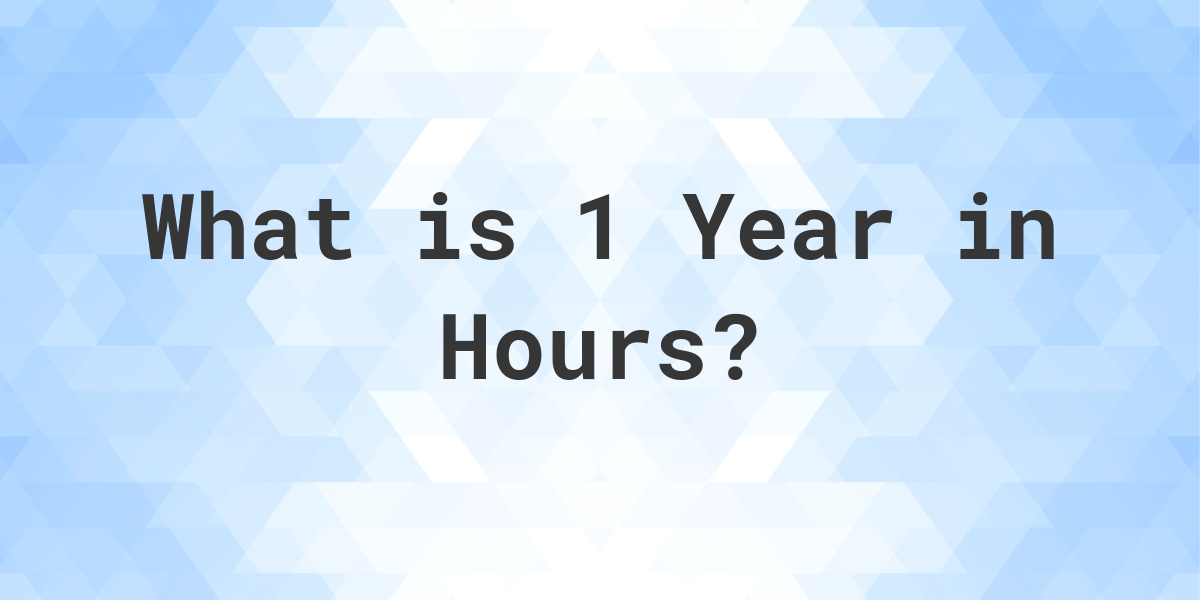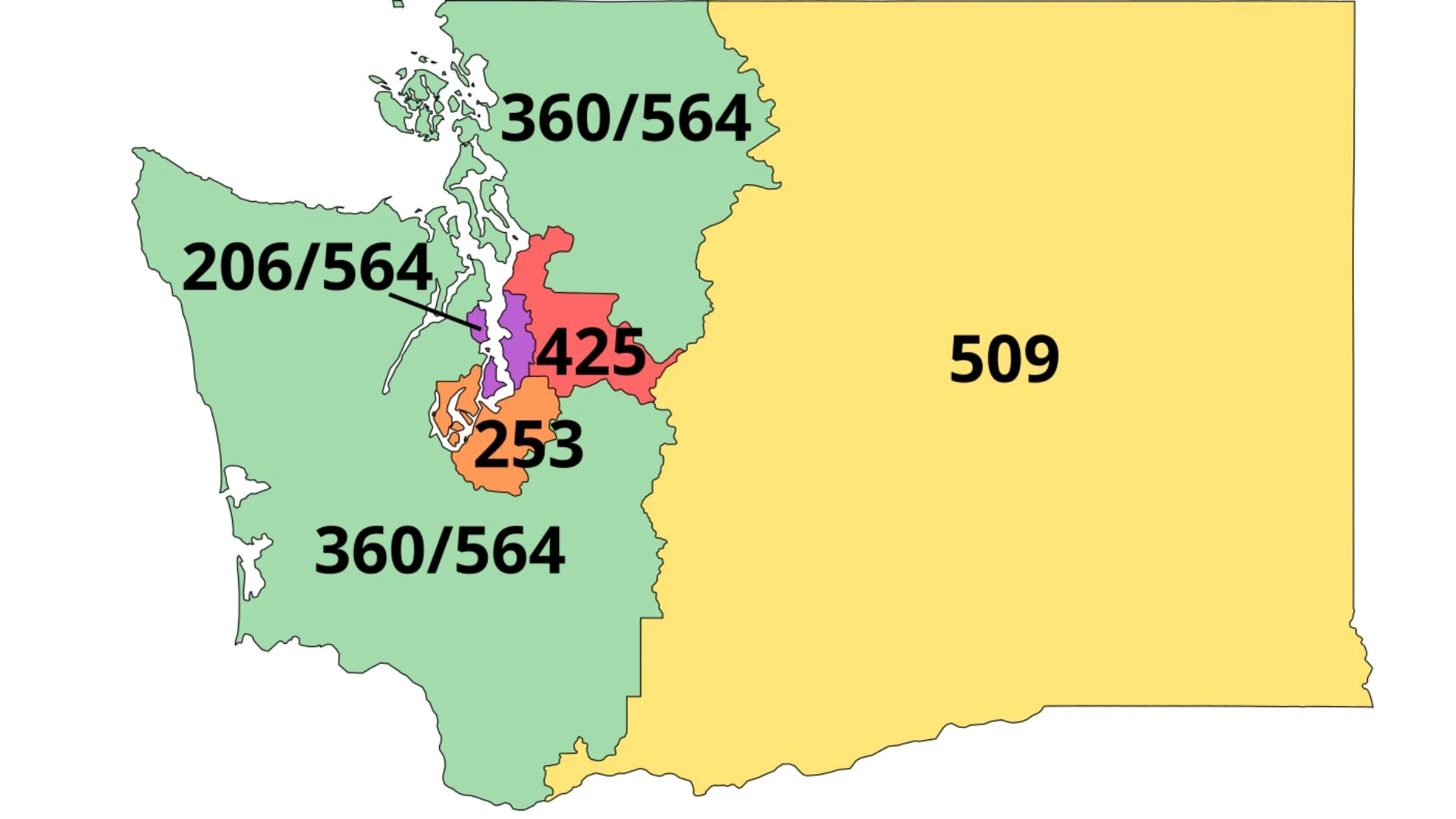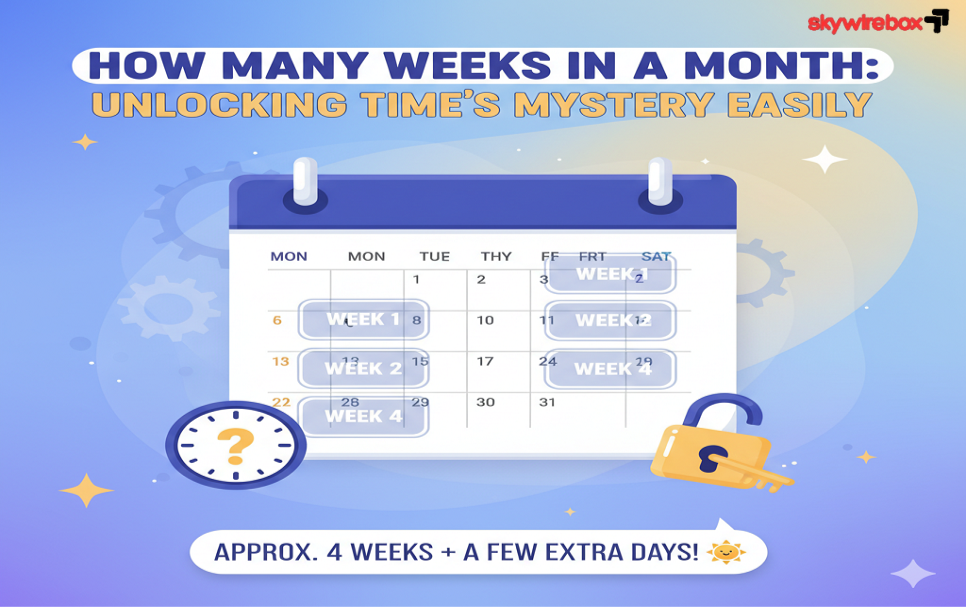Have you ever stopped to wonder exactly how many hours are in a year? It’s a question that seems simple, but knowing the answer can change the way you think about your time.
When you understand how many hours you really have each year, you can start making smarter choices about how to use them. Whether you want to plan your goals, manage your schedule, or simply satisfy your curiosity, this article will give you clear and easy-to-understand answers.
Keep reading, and you’ll discover facts that might surprise you—and help you take control of your time like never before.
Calculating Hours In A Year
Calculating the number of hours in a year helps understand time better. It is useful for planning, budgeting, and many daily activities. The total hours depend on how many days the year has and how many hours there are in a day. This section breaks down these factors for clarity.
Hours In A Day And Days In A Year
The basic unit for time calculation is the hour. There are 24 hours in a day. This is consistent every day, no matter the month or season.
Next, the number of days in a year varies. Most years have 365 days, but this can change. Here is a simple look at these values:
| Time Unit | Value |
|---|---|
| Hours in a Day | 24 |
| Days in a Regular Year | 365 |
| Days in a Leap Year | 366 |
To find the total hours in a year, multiply hours in a day by the number of days:
- Hours per day:24
- Days per year:365 (regular) or 366 (leap)
For example, 24 hours × 365 days = 8,760 hours in a regular year.
Regular Year Vs Leap Year
A regular yearhas 365 days. It adds up to 8,760 hours (24 × 365). This is the usual count for most years.
A leap yearhas one extra day: 366 days total. This happens every four years to keep the calendar correct. The extra day adds 24 more hours.
Here is a comparison:
| Year Type | Days | Total Hours |
|---|---|---|
| Regular Year | 365 | 8,760 |
| Leap Year | 366 | 8,784 |
Leap years occur if the year is divisible by 4. But years divisible by 100 are not leap years unless divisible by 400.
- Year divisible by 4 → Leap year.
- Year divisible by 100 → Not leap year.
- Year divisible by 400 → Leap year.
This rule keeps the calendar in line with Earth’s orbit around the Sun.

Different Types Of Years
Understanding the number of hours in a year depends on knowing the type of year in question. Different types of years define time based on various criteria, such as the calendar system, Earth’s orbit, or financial planning. Each type has a unique length and purpose, affecting how we calculate hours. This section explores three common types of years: Calendar Year, Solar Year, and Fiscal Year. Knowing these helps clarify why the total hours in a year can vary.
Calendar Year
The calendar yearis the most familiar type of year. It is based on the Gregorian calendar, which divides a year into 12 months. The calendar year usually has 365 days, but every four years, a leap year adds one extra day to keep the calendar aligned with Earth’s orbit.
Here are key facts about the calendar year:
- Normal year length: 365 days
- Leap year length: 366 days
- Months vary from 28 to 31 days
- Used for everyday activities and planning
The number of hours in a calendar year depends on whether it is a leap year or not. Below is a simple table showing the difference:
| Year Type | Days | Hours (Days × 24) |
|---|---|---|
| Normal Year | 365 | 8,760 |
| Leap Year | 366 | 8,784 |
Calendar yearsare simple to understand but do not perfectly match the Earth’s orbit length. This mismatch is why leap years exist.
Solar Year
The solar year, also called the tropical year, measures the time Earth takes to complete one orbit around the Sun. It is the basis for seasons and is slightly longer than the calendar year.
Key points about the solar year include:
- Length: approximately 365.2422 days
- Used in astronomy and climate science
- Determines the timing of equinoxes and solstices
Because it is not a whole number of days, the solar year affects how calendars adjust over time. The leap year system tries to approximate this length. The exact length in hours is:
365.2422 days × 24 hours/day ≈ 8,765.8128 hoursThis value is more precise than the calendar year, but it cannot be used directly for daily planning. The solar year helps explain why our calendar needs correction.
Fiscal Year
The fiscal yearis a 12-month period used for financial and accounting purposes. It does not always match the calendar year and can start on any date chosen by a company or government.
Important facts about the fiscal year include:
- Length: usually 365 days or 366 in a leap year
- Start and end dates vary by organization or country
- Used for budgeting, taxes, and financial reports
Examples of fiscal year periods:
- January 1 to December 31 (same as calendar year)
- April 1 to March 31 (common in some countries)
- July 1 to June 30 (used by some governments)
The number of hours in a fiscal year depends on its length and whether it includes a leap day. For most cases, it matches the calendar year hours:
| Fiscal Year Type | Days | Hours |
|---|---|---|
| Regular Fiscal Year | 365 | 8,760 |
| Leap Fiscal Year | 366 | 8,784 |
The fiscal year helps businesses and governments manage their finances better by choosing a start date that fits their needs.
Practical Uses Of Hour Calculations
Calculating the number of hours in a year helps in many practical ways. Knowing the exact hours allows better planning and efficient use of time. People and businesses use this number to organize tasks, set goals, and track progress. It also helps estimate costs and resources over a year. Understanding hour calculations simplifies complex scheduling and budgeting tasks. Let’s explore how these calculations apply to time management, project planning, and energy consumption.
Time Management
Knowing the total hours in a year, which is usually 8,760 hours(365 days × 24 hours), helps improve personal and professional time management. It sets a clear framework to divide your time between work, rest, and leisure.
Here are key ways to use hour calculations for better time management:
- Set realistic goals:Allocate hours to daily, weekly, and monthly tasks based on yearly totals.
- Track productivity:Measure how many hours you spend on important activities versus distractions.
- Balance life and work:Plan breaks and free time by understanding available hours in a year.
- Prioritize tasks:Use hour limits to focus on high-impact activities first.
The table below shows a simple example of dividing yearly hours for a balanced schedule:
| Activity | Hours per Year | Percentage of Total Hours |
|---|---|---|
| Work | 2,000 | 22.8% |
| Sleep | 2,920 | 33.3% |
| Leisure & Family | 1,500 | 17.1% |
| Personal Care & Other | 2,340 | 26.7% |
This breakdown helps you see where your time goes and adjust as needed. Planning hours yearly makes daily time management clearer and less stressful.
Project Planning
Project managers use hour calculations to estimate timelines and resources. Knowing total hours in a year helps plan phases, assign tasks, and set deadlines realistically.
Steps to use hour calculations in project planning:
- Calculate total available work hours:Subtract holidays, weekends, and breaks from the yearly total.
- Divide project into tasks:Estimate how many hours each task will take.
- Assign team members:Match tasks with people based on their available hours.
- Create a timeline:Use hours to set start and end dates for each task.
- Monitor progress:Track hours spent versus planned hours to avoid delays.
Example of yearly work hours calculation for a full-time employee:
| Item | Hours |
|---|---|
| Total hours in a year | 8,760 |
| Non-working days (weekends and holidays) | 1,752 |
| Available work hours | 7,008 |
Using this number, managers schedule tasks within realistic limits. This reduces overwork and missed deadlines. Proper hour calculation improves project success.
Energy Consumption
Energy use is often measured in hours to estimate costs and efficiency. Knowing hours in a year helps calculate total energy consumption for homes, businesses, or machines.
Applications of hour calculations in energy consumption:
- Calculate total running time:Estimate how many hours equipment runs annually.
- Estimate energy costs:Multiply running hours by power rating and energy rates.
- Plan energy savings:Identify hours when energy use is high and find ways to reduce it.
- Compare devices:Use hours to check which equipment uses less energy over a year.
Example calculation for an air conditioner:
Power rating: 1.5 kW Average running hours per day: 8 Days per year: 365 Annual energy use = 1.5 kW × 8 hours × 365 days = 4,380 kWh This helps predict electricity bills and plan budgets. Hour calculations give clear data to manage energy efficiently. They also help in choosing energy-efficient appliances and reducing waste.
Interesting Time Facts
Time has fascinated humans for thousands of years. We measure it in seconds, minutes, hours, and years. But the way we count time has changed a lot through history. Some facts about time and years might surprise you. For example, did you know a year is not always the same length? Let’s explore some interesting facts about time and how humans have kept track of it.
Historical Timekeeping
Long ago, people used natural events to measure time. The sun, moon, and stars helped early humans track days and seasons. Ancient calendars were based on these natural cycles.
- Sun and shadows:Ancient Egyptians used sundials to tell time during the day.
- Moon phases:Many early calendars were lunar, counting months by the moon’s cycle.
- Stars and seasons:Farmers relied on stars to know when to plant and harvest crops.
Over time, many cultures created calendars. The Roman calendar, for example, started with 10 months. Later, Julius Caesar introduced the Julian calendar in 45 BC. It had 365 days and a leap year every four years.
| Calendar Type | Year Length (Days) | Key Feature |
|---|---|---|
| Lunar Calendar | 354 | Based on moon cycles |
| Julian Calendar | 365.25 | Added leap year every 4 years |
| Gregorian Calendar | 365.2425 | Refined leap year rules |
The Gregorian calendar, introduced in 1582, is the one most used today. It fixed errors in the Julian calendar by adjusting leap years. This helped timekeeping become more accurate.
Variations In Year Length
Not all years have the exact same number of hours. The length of a year depends on how we define it and natural phenomena in space.
There are different types of years:
- Solar Year:The time Earth takes to orbit the sun once. About 365.2425 days.
- Lunar Year:Based on 12 moon cycles. About 354 days.
- Sidereal Year:Time for Earth to orbit sun relative to stars. About 365.256 days.
Because the solar year is not a whole number of days, leap years help keep calendars in sync with seasons. Without leap years, seasons would slowly shift over centuries.
| Year Type | Length (Days) | Length (Hours) |
|---|---|---|
| Solar Year (Gregorian) | 365.2425 | 8,766 |
| Lunar Year | 354 | 8,496 |
| Sidereal Year | 365.256 | 8,766.14 |
Earth’s rotation speed also changes slightly over time. This causes small variations in day length. Scientists call this effect “tidal friction.” It means hours in a year may change very slowly over millions of years.
Understanding these variations helps improve calendars, clocks, and even space travel calculations.

Frequently Asked Questions
How Many Hours Are There In A Standard Year?
A standard year has 8,760 hours. This is calculated by multiplying 365 days by 24 hours each. It excludes leap years, which add an extra day and 24 hours to the total.
How Many Hours Are In A Leap Year?
A leap year contains 8,784 hours. It has 366 days, including February 29th. Multiplying 366 days by 24 hours gives this total.
Why Does The Number Of Hours In A Year Vary?
The hours vary due to leap years. Leap years add one extra day every four years. This extra day increases the total hours by 24.
How To Calculate Hours In Any Given Year?
Multiply the number of days in that year by 24 hours. Use 365 days for standard years and 366 for leap years. This gives the total hours accurately.
Conclusion
A year holds 8,760 hours, or 8,784 in a leap year. This simple fact helps in planning and understanding time better. Knowing hours in a year shows how much time we really have. It puts daily tasks and goals in clear view.
Time is precious, and counting it helps us use it well. Keep this number in mind when setting plans or thinking about your year ahead. Small steps each hour make a big difference over a whole year. Time flies, but knowing it helps you stay on track.









